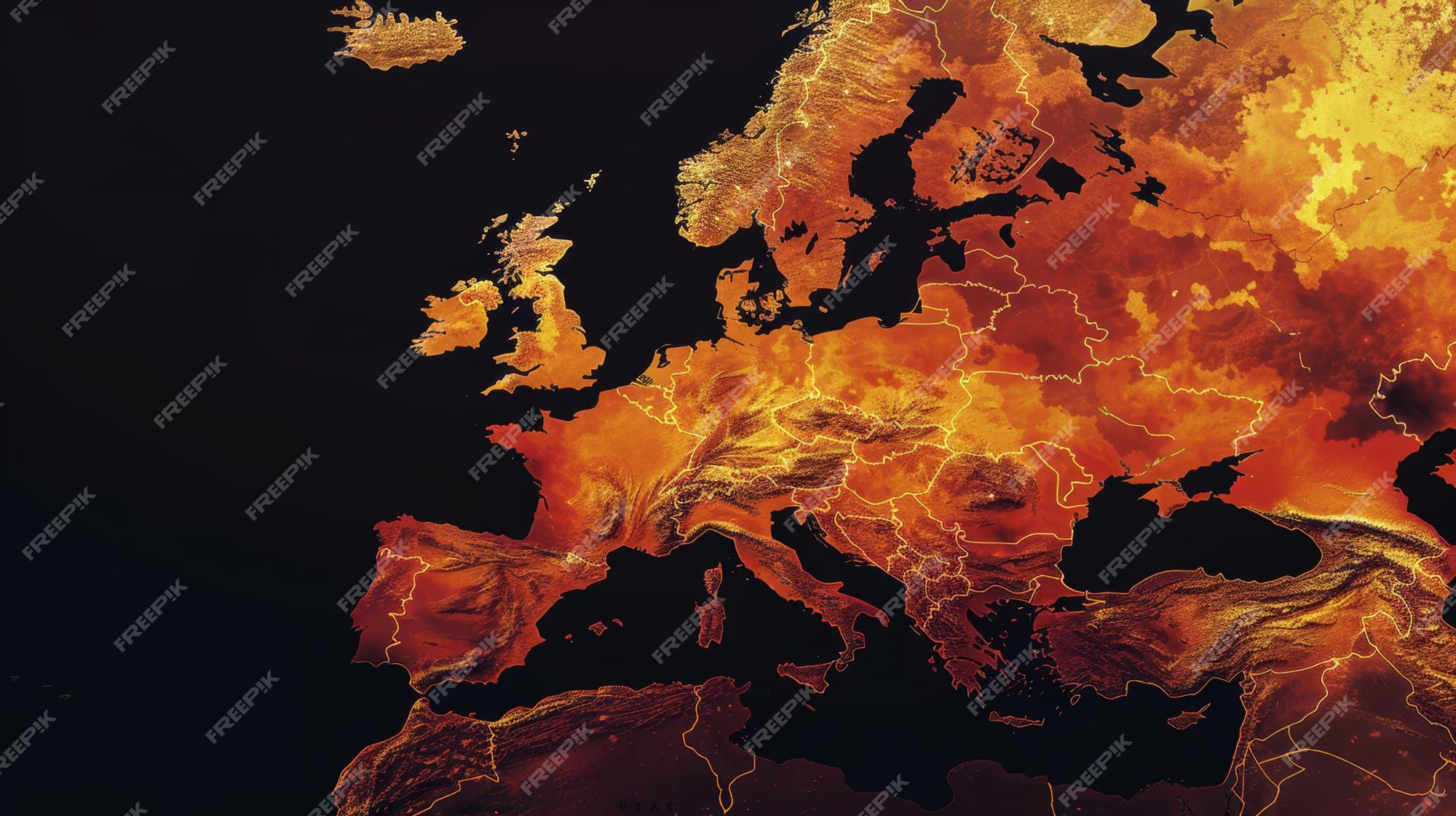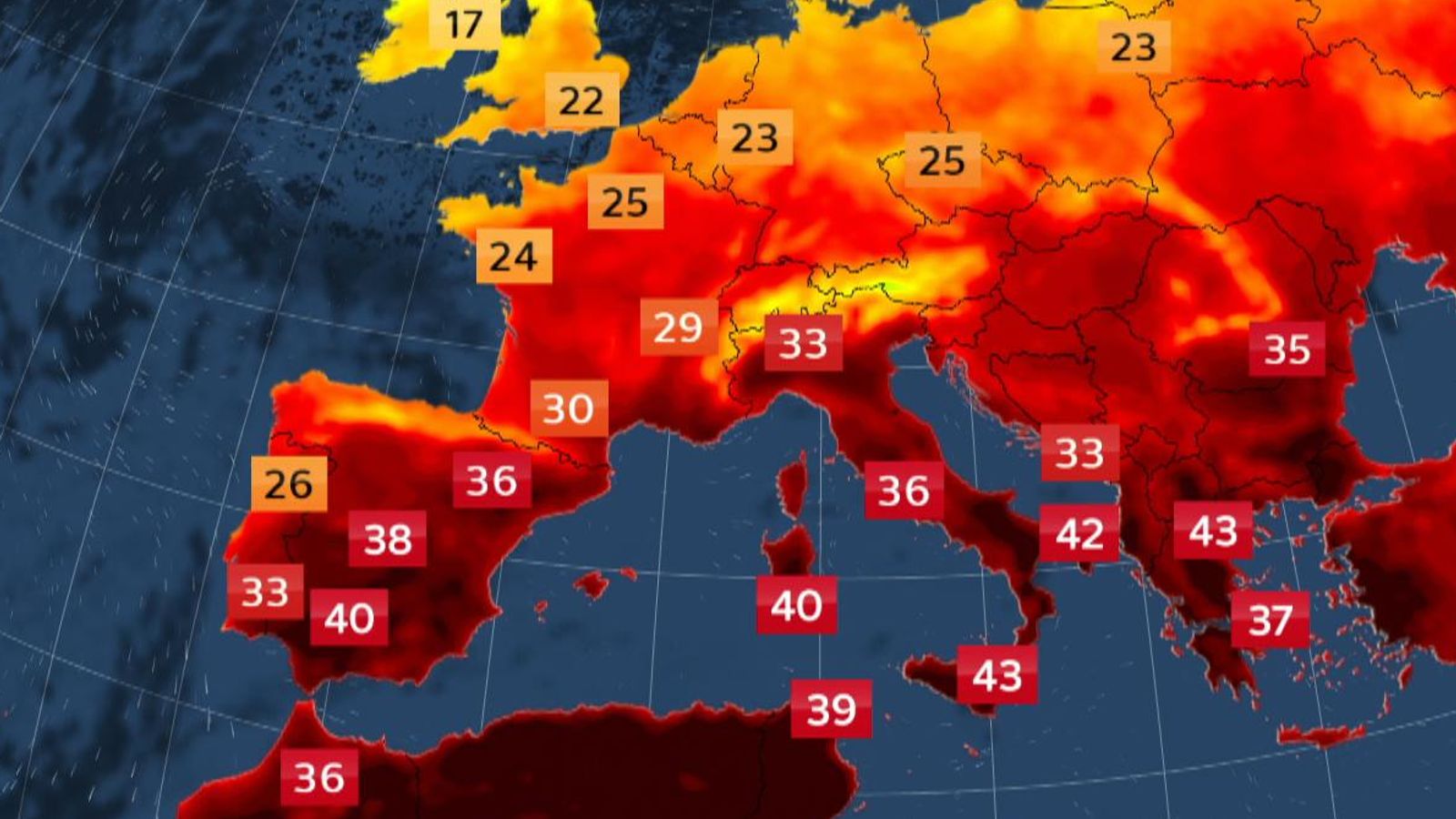By Elliot Hartman | The Maple Times
Southern Europe is currently gripped by a blistering heatwave, with temperatures soaring to a staggering 46 °C (114 °F) in parts of Spain. The unprecedented heat has prompted authorities across the continent to issue widespread health warnings, implement emergency response measures, and brace for the risk of wildfires.
In Spain, the record-breaking temperatures have triggered red alerts and the activation of emergency cooling centers. France is experiencing similarly extreme conditions, with nearly the entire mainland placed under an “orange” heat alert. Officials have issued workplace restrictions and adjusted school schedules to protect public health. In Italy, particularly the regions of Tuscany and Lazio, health warnings have been issued, and a ban on outdoor work during peak heat hours—from 11 AM to 6 PM—has been put in place. Meanwhile, in Turkey, the province of Izmir is battling severe wildfires. Hundreds of civilians have been evacuated as firefighting teams rush to contain the blaze, which has already consumed over 1,000 hectares of land.
This extreme heat poses serious risks, especially for vulnerable populations such as the elderly and those with pre-existing health conditions. In addition to direct health impacts, the heat is placing immense pressure on infrastructure, agriculture, and public services. Scientists have identified fossil-fuel-driven climate change and the presence of a persistent heat dome as the primary culprits behind the intensity and duration of this heatwave (The Guardian).
Governments across the region have mobilized their emergency services. Cooling shelters have opened in public buildings, and firefighting units in Spain, Italy, and Greece are on high alert. Rapid-response teams are being deployed to areas at highest risk of fire outbreaks.
Climate experts warn that events like this are becoming the new norm. “Extreme heat is no longer a rare event,” UN Secretary-General António Guterres stated, underscoring how climate change is supercharging weather extremes and demanding stronger global mitigation efforts.



